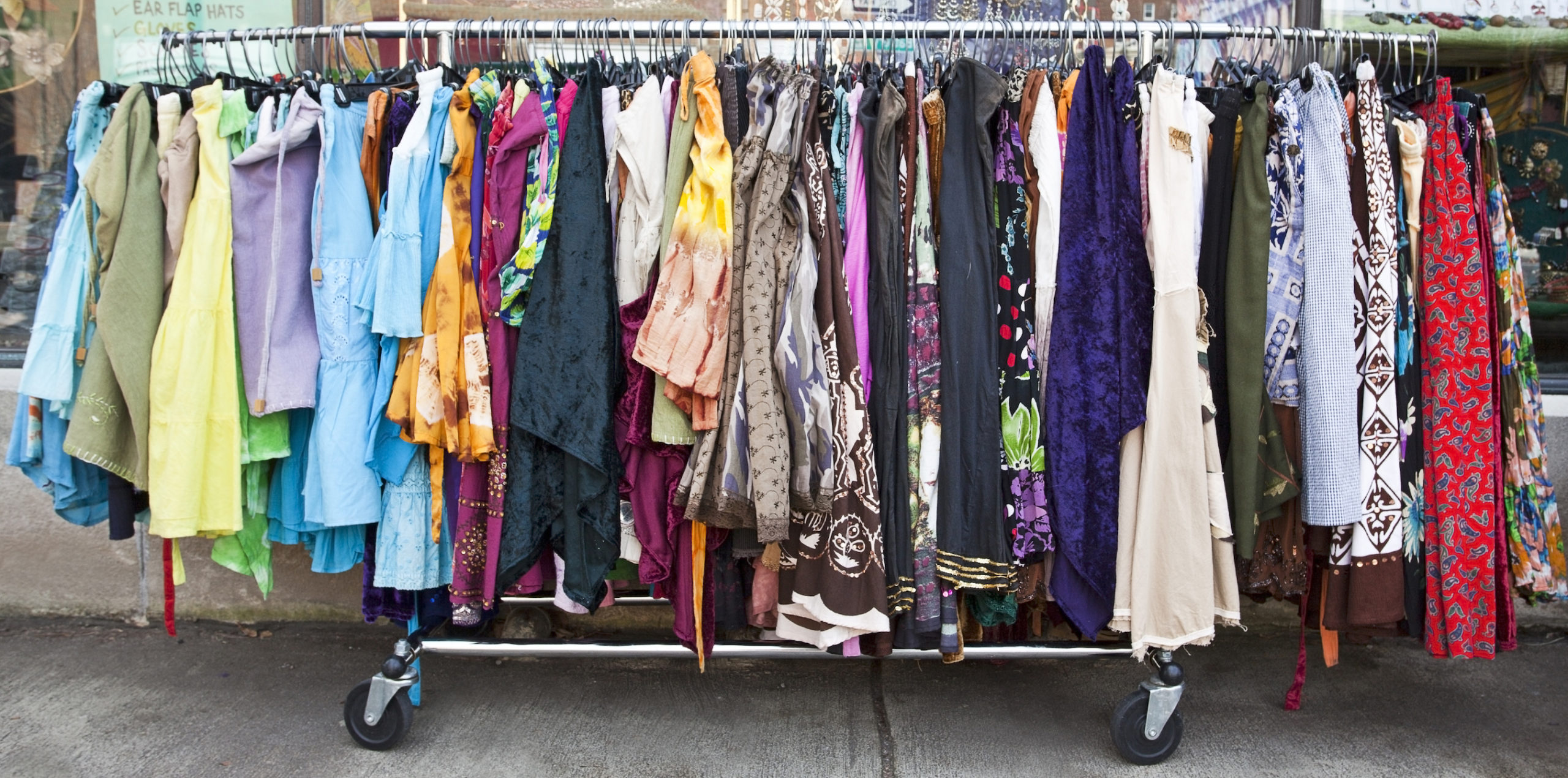
The Little Green Dress: For the Love of Thrifting
by Natalie Bencivenga
May 13, 2020
From designer gowns to ripped jeans, personal style plays a key role in how we want people to see us. But what about the invisible impacts of fashion as self expression? Did you know that the fashion industry is the second largest polluter in the world? From untreated toxic water finding its way from factories into our streams, to cheap synthetic fibers emitting gases 300 times more damaging than carbon dioxide into our air, the industry must be reimagined.
As individuals, it can feel completely overwhelming to think about how we can do our part to reduce the destructive global impact that the fashion industry leaves behind. But, fear not! Wearing fashions that are good for the environment and respect the workers producing them can still be affordable and oh-so-chic.
“I love the romance of these clothes,” said Gisele Fetterman, second lady of Pennsylvania. Thrift shops are her happy place, and she feels more “connected” to clothes with a story. “I like to think of who wore these clothes before me, what beautiful stories were told in them. We all have a responsibility to think about who makes our clothes and where they came from.”
Ms. Fetterman’s journey with gently used clothing began when she was just a little girl. Her family emigrated from Brazil to the United States. Her mother worked as a housekeeper in New York. “The families that my mother worked for would give hand-me-down clothes to her to give to me,” she recalled. “We didn’t have a lot of money for clothes and so to have someone passing their clothes to me shaped how I would think about fashion in the future.”
She became such a fan of thrifting that she even wore a second hand wedding dress when she eloped with Pennsylvania’s Lt. Gov. John Fetterman in 2008. “It was $13 from a thrift shop in New York,” she said. “I want to normalize the way in which we talk about second hand clothing. I want to destigmatize it. There is nothing wrong with wearing clothes that have been loved before. I teach that to my children and encourage them to be detectives when it comes to understanding where their clothing comes from.”
How are the workers treated? How do these clothes impact the environment? These are questions that Ms. Fetterman wants people to ask before they purchase clothing. If you are going to spend money on new clothes, she believes it is better to invest wisely in unique, sustainable pieces that are made by artisans. “I am willing to pay more money for something that I know was made to last, was made with recycled materials and was crafted by people who are treated fairly.”

But her heart will always be with thrift stores. “For me, it’s an adventure. You never know what treasures you may uncover.” If you are a novice and overwhelmed by the sheer volume of options, try spaces that have been curated like Highway Robbery Vintage in the South Side or Avalon Exchange in Squirrel Hill.
If you have clothing to donate, consider the Freestore in Braddock, a space Ms. Fetterman founded to reduce waste and support local communities in need. “Instead of clothes ending up in landfills, they can come to us and we can find them new homes. At the end of the day, the clothing is brought to life by the people who wear them.”
What story will you be telling?
![]()

Leave A Comment